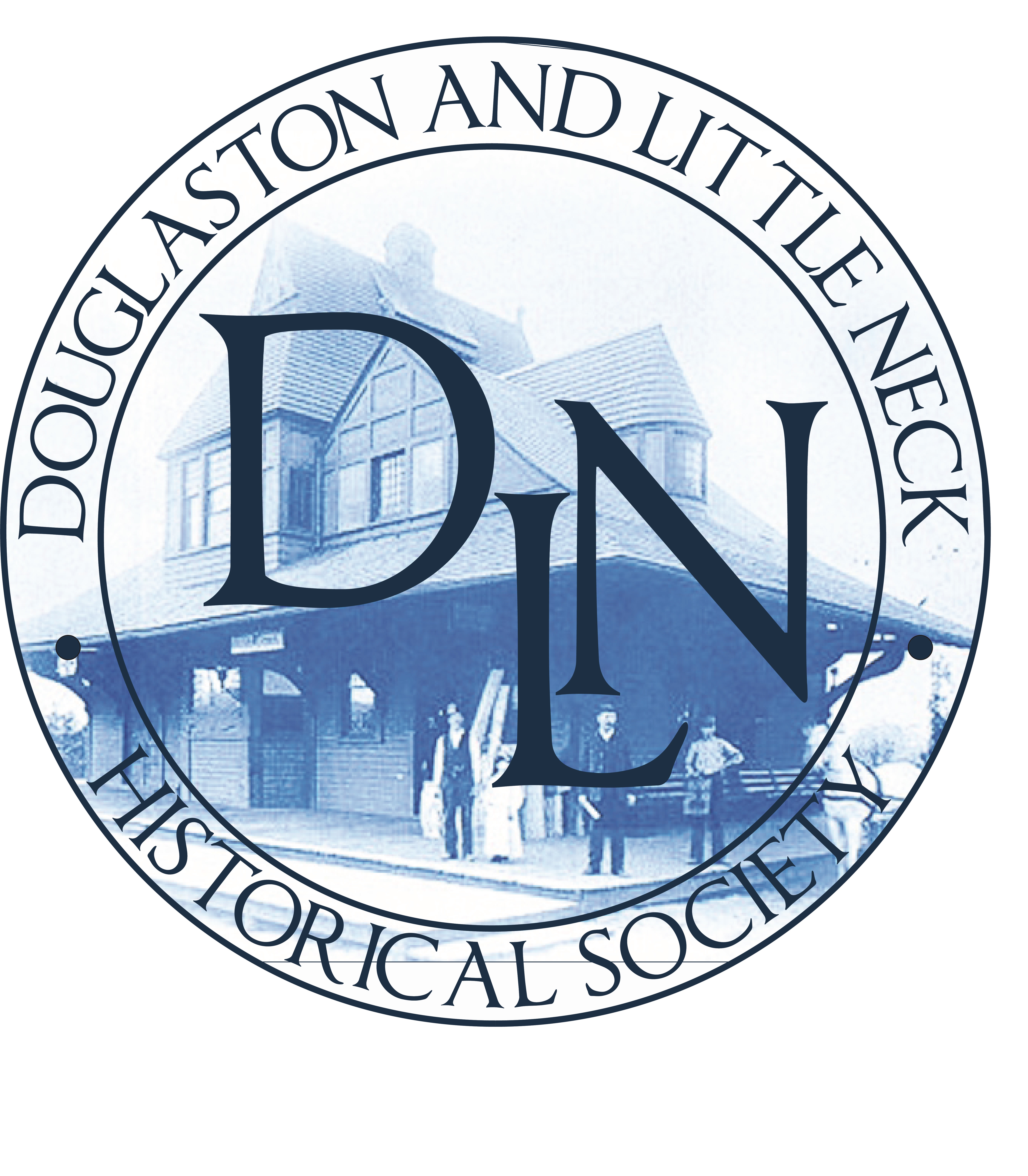19th Century Artist Preserved Queens in Paint
Times Ledger, Thursday, April 11, 1996.
(Part two of a two-part series)
By Joan Brown Wettingfeld
In the 1870’s and 1880’s, Queens was still mostly verdant farmlands and pastures, picturesque enough to tempt the brush of artist Charles Henry Miller, whom we introduced in last week’s column. While any number of famous artists of his time gravitated to the Hamptons, Montauk, and the outer reaches of Long Island, Miller made our area his particular province.
Queens in the latter part of the 19th and early 20th centuries was not well known for its beaches and parks and certainly no rival of Coney Island in its heyday. The New York Times reported that Flushing, Queens “was a pleasant summer resort.” Its attractions were advertised by Flushing’s Simmons Hotel, which boasted its own menagerie. Until Miller, no professional artist of note deemed Queens worthy of picturing for posterity.
Charles Henry Miller made Queens and its environs his artistic territory. In addition to painting regional subjects, he contributed regular articles and poems to local publications in which he extolled the area and its features. While he had a studio in New York, most of his paintings were made in and around Queens. He maintained a home in Queens Village. His estate was called Queenlawn.
The poetic quality and quaintness of his early painting and subject matter attracted notoriety, and were acclaimed at a time when the Barbizon style was in vogue. He remained popular but not as important a figure in the art world when American Impressionism began to come to the fore in the 1890s.
Miller was a man of many talents and his literary interests led him to capture in paint the homes of famous literary lights associated with the Island, including Walt Whitman, William Cullen Bryant, and John 0Howard Payne.
Though Long Island’s natural beauty and historic sights were a major interest, Miller was also concerned with promoting its allied arts – sculpture, craftsmanship, music, drama, and literature, and to that end in 1910 he organized the Queens Borough Allied Arts and Crafts Society, serving as president until his death in 1922. The group met monthly and served to united the artists of Queens.
Though he often worked in oils, he created as well a number of drawings, watercolors, and prints. Miller also was known for his etchings, though he rarely exhibited them. He belonged to the New York Etching Club, and his etching, “The Old Mill at Valley Stream,” was published in the 1881 issue of The American Art Review.
Highly acclaimed in his day, Charles Henry Miller, a very versatile artist in a number of mediums. Was relegated to obscurity after his death in 1922. He remained so until 1979 when a retrospective show of his work placed him among important American artists.
Unlike our other famous Long Island artist, William Sidney Mount, who documented in his genre painting the life of his own time, Miller preserved in his paintings a part of the island’s past. He is also recognized for his role in gaining recognition for American art and artists at the turn of the century.
Among Miller’s paintings of local scenes are: “Old Settler (Foster), Bayside”, 1890; “Our Conrfield at Queenlawn,” 1886; “Alley Pond Mill,” 1890s; “Clam Gathering at the Head of Little Neck Bay,” 1880; “Indian Summer at Creedmore, L.I.,” 1880s; “The Alley Mill Pond” (etching), 1886.
In surveying the career of Charles Henry Miller, we recognize not only the artistic statement he made, but with preservation an interest in our own time, we hold him in special favor for his contributions on the documentary level as a chronicler of our past heritage.
Joan Brown Wettingfeld is a historian, freelance writer, and a member of the Borough President’s History Advisory Committee.
